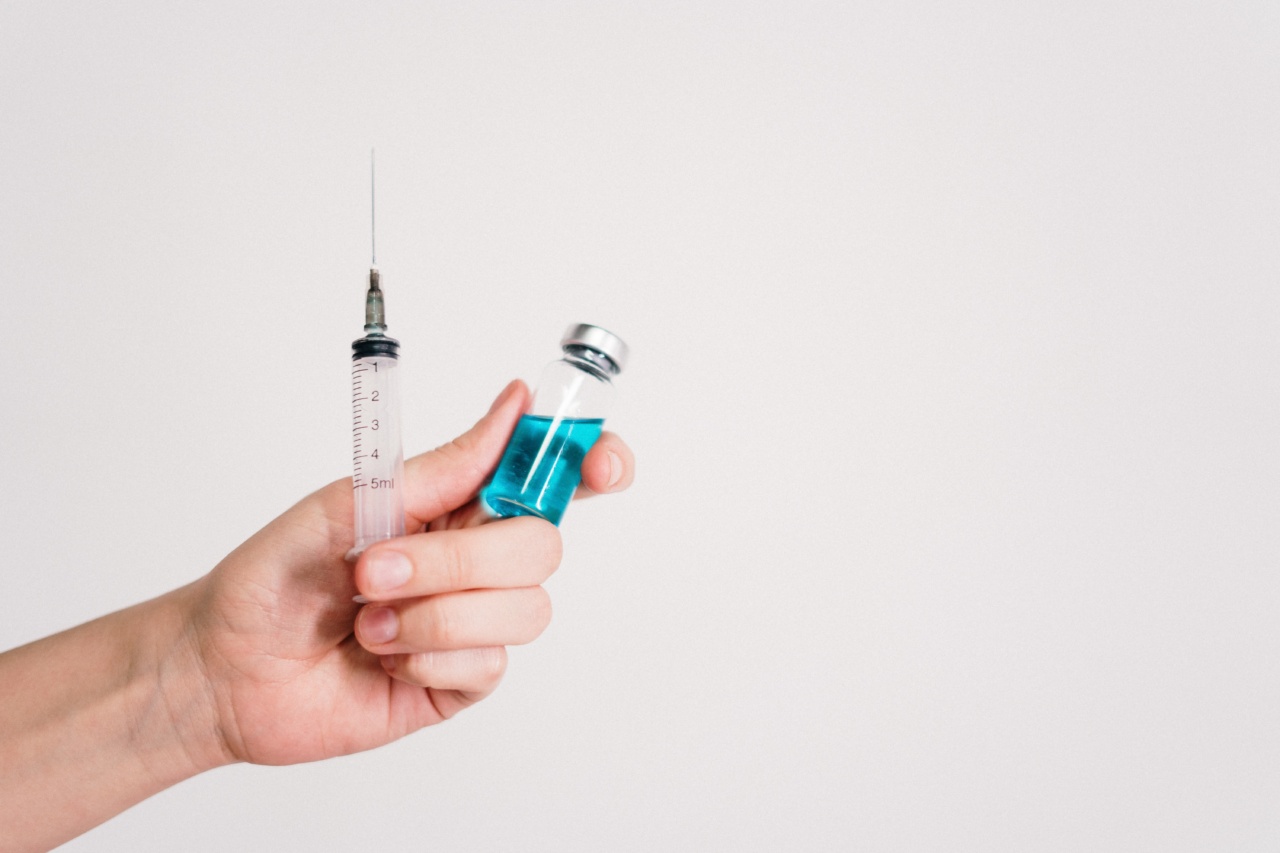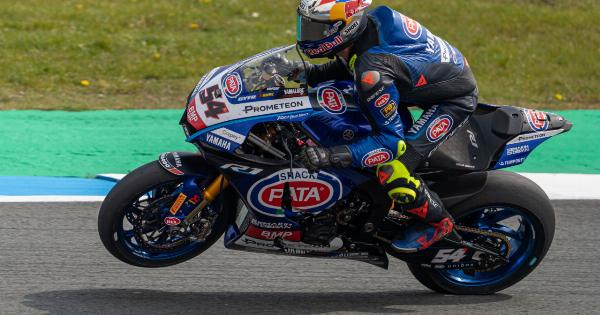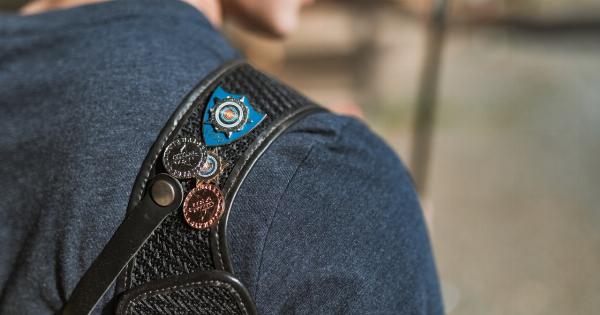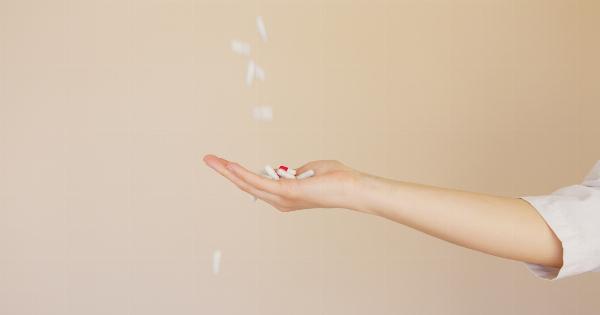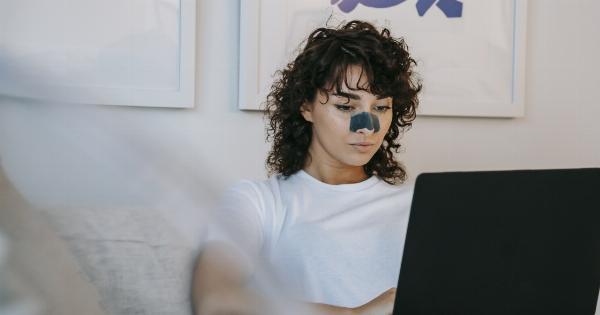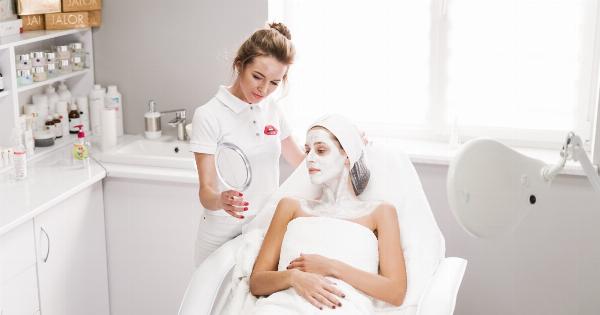Athlete’s acne is a common skin issue that affects people who are involved in sports and fitness activities. It occurs due to the excessive sweating and friction that occurs during these activities.
This condition can be uncomfortable and embarrassing, but it is treatable. This article will provide a guide to the prevention and treatment of athlete’s acne.
What is Athlete’s Acne?
Athlete’s acne, also known as acne mechanica, is a type of acne that is caused by pressure, heat, and rubbing, usually from wearing tight clothing, headgear, like helmets, or from extensive sweating.
It usually affects athletes and people who are involved in sports and fitness activities.
Symptoms of Athlete’s Acne
Some of the common symptoms of athlete’s acne include:.
- Small bumps on the skin
- Blackheads
- Whiteheads
- Redness around the affected area
- Itching and irritation around the affected area
Prevention of Athlete’s Acne
The following tips can help prevent athlete’s acne:.
- Wear loose clothing made of breathable, moisture-wicking fabric that draws sweat away from your skin.
- Shower as soon as possible after physical activity.
- Use a gentle, oil-free cleanser after exercising to remove sweat and dirt from your skin.
- Avoid using abrasive exfoliants on areas affected by athlete’s acne as this can exacerbate the condition.
- Dry your skin thoroughly after showering or sweating to prevent bacterial growth.
- Use a non-comedogenic moisturizer to keep your skin hydrated and prevent dryness and irritation, but avoid applying the moisturizer to areas affected by athlete’s acne.
- Avoid wearing tight-fitting clothing, straps, helmets, or anything that could cause friction on the affected area.
- Keep your sports equipment such as helmets and other gear clean and dry to prevent bacterial growth.
Treatment of Athlete’s Acne
The following treatment options can help reduce the severity of athlete’s acne:.
- Over-the-counter topical acne products such as benzoyl peroxide, salicylic acid, or alpha-hydroxy acids can be used to reduce the inflammation and help unclog pores.
- Avoid using topical steroids or other oily substances as these can aggravate the condition.
- Prescription topical treatments such as retinoids, antibiotics, or azelaic acid may be recommended by a dermatologist for more severe cases of athlete’s acne.
- Oral antibiotics such as tetracycline may be prescribed for severe cases that do not respond to topical treatments.
- Isotretinoin, a powerful oral medication may be recommended by a dermatologist as a last resort for severe cases that do not respond to other treatments.
When to See a Dermatologist
If your athlete’s acne does not improve with home treatment or over-the-counter acne products, you may want to consult a dermatologist who can prescribe prescription medications and offer other treatment options such as laser therapy or chemical peels. They can also provide advice on how to manage your athlete’s acne and prevent it from recurring.
Conclusion
Athlete’s acne is a common condition that affects people who are involved in sports and fitness activities. It can be uncomfortable and embarrassing, but it is treatable.
To prevent athlete’s acne, one should wear breathable and loose clothing, shower after physical activity, and keep sports equipment clean. Treatment options include topical and oral medications, and it’s important to consult a dermatologist if home remedies don’t work. With proper care and treatment, athlete’s acne can be managed effectively.
